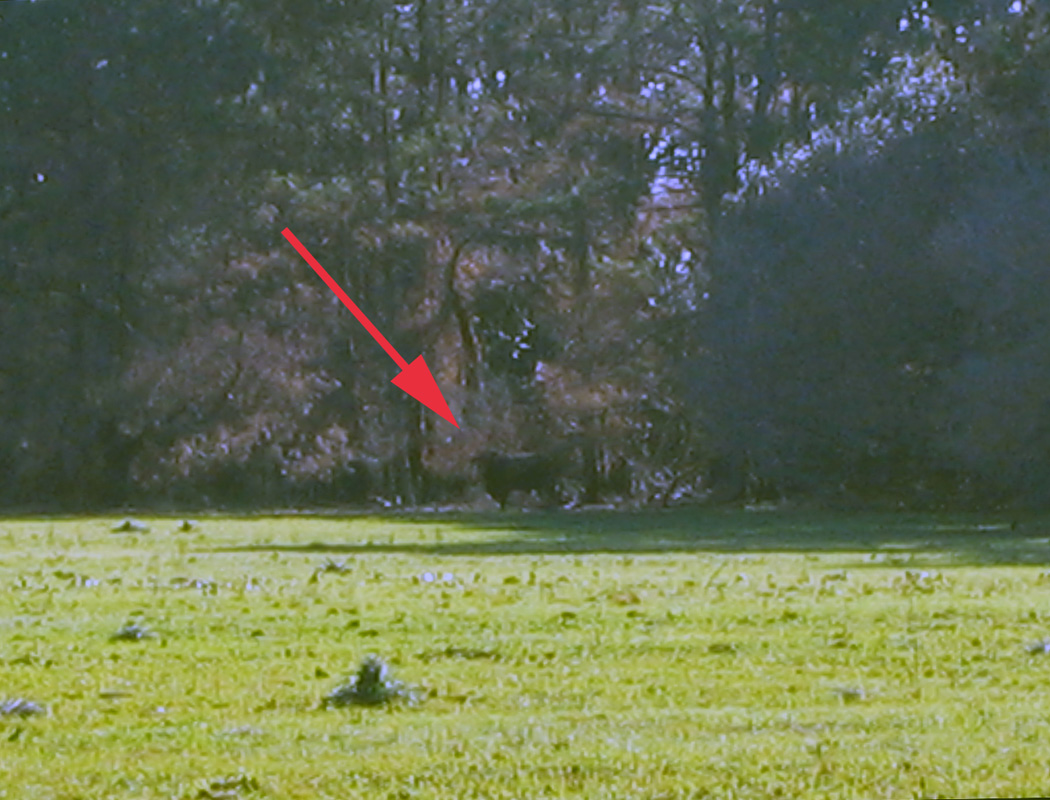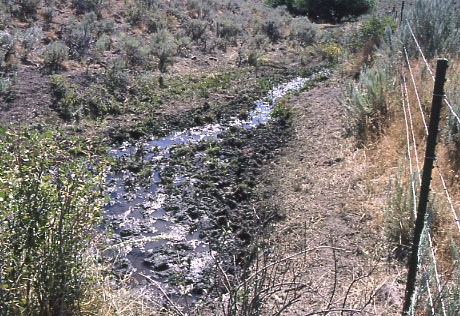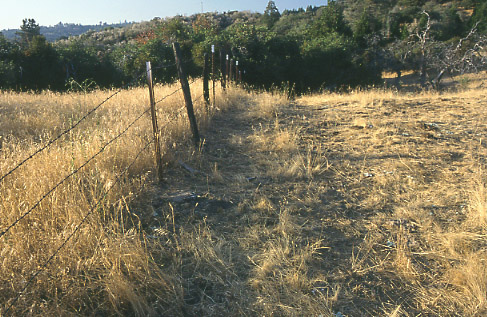For some reason cowboys and dinosaurs always seem to mesh together well for me. Maybe it is their shared history of the American west. Indeed when Triceratops skulls started popping up in the west they were believed to be an extinct form of giant buffalo. Maybe it is an enduring boyhood coupling of two of the most iconic features of childhood. Maybe the self reliant, rough and tumble cowboy persona seems the best fit for dealing with the unruly archosaurs if humanity was suddenly thrown back in the mix with dinos. Whatever the case dinosaurs and cowboys are an exciting cultural mash-up and one that has been explored before such as in the Harryhausen vehicle The Valley of Gwangi.
| Valley of Gwangi 1969 |
The American cowboy mythos, perpetuated as a truly "Americana" cultural hero, is a bit of a bastard of spanish vaquero culture and American westward frontiersmen. It is a construct maintained in the hearts and minds of Americans through iconographic films, a fetishization of cowboy style, and cultural inertia. But at the heart of cowboy celebration and appropriation is a weak link- the cowboys namesake itself, cows or Bos taurus- the domestic cattle. You see trying to run cattle in the arid west is, ecologically speaking, trying to fit the proverbial square peg into a round hole. They just don't fit.
Ask yourself this- which state runs the most cattle? If you answered Texas you are right- but this state is misleading for Texas is the largest state in the lower 48. Check out this if you wanna see the real breakdown of where Americas cattle are at. Although not the most up to date (2007) this chart does reveal some interesting trends. What you really want to look at is the number of beef cattle per square mile of farm. What you see here is that only three western states break into the top twenty for beef cattle per square mile of farm, Nebraska (16), Nevada (18) and Texas (19). Western states that have a long tradition of free range cattle (often on public lands) such as Arizona (48), New Mexico (43), Montana (27) and Oregon (21) score even lower. But what really should jump out at you are the states that lead in beef cattle per square mile. The top ten in order are Tennessee, Florida, Virginia, Kentucky, Hawaii, Alabama, Missouri, Arkansas, Louisiana, and Oklahoma. What you should notice is that for the top ten most productive cattle producing lands- 9 of them are southern states but all of them are wet!!!
| Cattle in the desert? You are doing it wrong!!! |
It may be a little discomforting to western states and to our cherished notion of cattle belonging in the arid west but the data do not lie. Cattle do not thrive in the arid west but do marvelously in the humid south. How to explain this data? We need to look at the species from which cattle are descended, the now extinct Auroch cattle- Bos primigenius.
The last wild auroch died in floodplain forests like the one to the left during the 18th century. As you can see this habitat is dramatically different from the Arizona desert scrub of the cattle in the picture above. How did these bovines behave? By all historical accounts they were more agile, taller, more aggressive, and possibly more stealthy than their domesticated descendants. I would not want to attempt cow tipping one of these brutes.
 |
| Auroch |
 |
| (c) Anthony Martin |
Of course when you put cattle on arid lands they do survive- but at what costs to the land?
Well one could go on and on on this tangent but I would rather outsource my arguments. Look at this photoessay on the degradation of riparian habitats, loss of biodiversity and ultimately loss of cattle to drought when cattle are raised in arid climates. If you want to go further read Welfare Ranching. If you come across some pseudo-scientific arguments that heavy grazing is good for the land, usually it goes under the name of holistic management don't buy it. Cattle raised on arid lands are not suitable replacements for buffalo because cattle are not mobile like buffalo. Buffalo, or bison, are constantly on the move and do not overgraze- ideally they are also in the presence of wolves and bears which keep 'em moving as well. And in southwestern deserts bison did not occur in any great numbers or were absent entirely.
 |
| Redband trout stream degraded by cattle. Magpie creek ID |
 |
| Left is private land right is public overgrazed land Sequoia Nat Park CA |
Oh yeah and what was that I mentioned earlier about dinosaurs being better suited ecologically for ranching by cowboys on arid lands than cattle? Well like reptiles and birds dinosaurs produced uric acid which is less water soluble than the urine which mammals produce. This does not dehydrate organisms who produce uric acid as readily as those who produce urine. Essentially this is why you can go for a hike on a relatively warm day in an arid area and see plenty of reptiles and birds- but all the mammals are outta sight. Dinosaurs were essentially preadapted to desert/arid conditions. Having to drink less than large mammals large dinosaurs would not have had to make as many trips to drink and therefore had less of an impact on riparian vegetation communities. Another argument of mine in support of my theory that dino herbivores were less harsh on vegetative communities than herbivorous mammals...but I digress.
What type of dinosaur would be the ideal type for ranching in the arid west? Well it would be able to survive on poor quality fodder, reproduce quickly, have an efficient food to flesh turnover, not have sharp feet that erode thin soils, and be able to either defend itself or escape from large predators. And this dinosaur still exists- its called an ostrich.
Cheers!!!


No comments:
Post a Comment